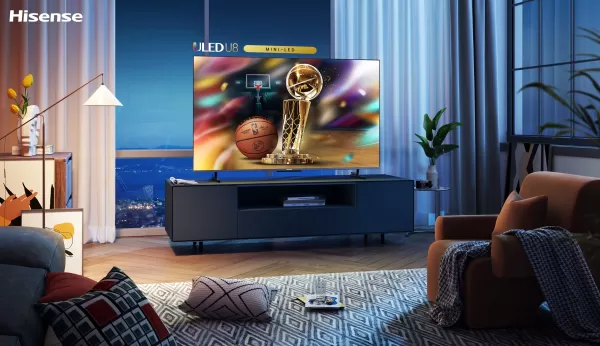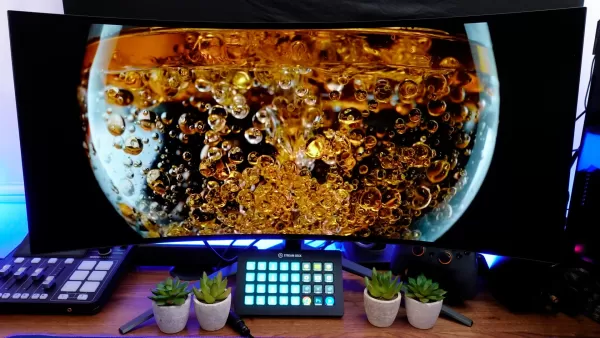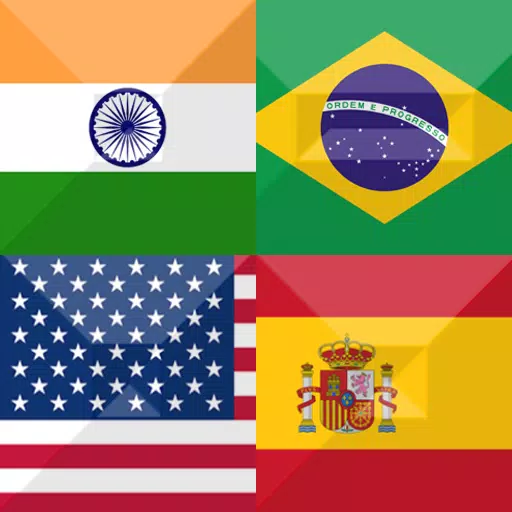I vividly remember purchasing my first OLED TV, the LG E8 55-inch model, back in 2019, right before the world went into lockdown. It turned out to be the perfect companion for isolation. At the time, I didn't fully grasp the essence of OLED (organic light-emitting diode) technology. I knew it featured self-lit pixels, unlike the backlight used in LCD displays, which results in infinite contrast. However, it wasn't until I immersed myself in the stunning visuals of Final Fantasy XV and navigated through the gripping narrative of The Last of Us Part II that I truly appreciated the technology. It felt like reliving a nostalgic fever dream in real time. Naturally, I didn't stop at the E8.
A few years later, I upgraded to the LG C2 65-inch TV. Since then, I've reviewed numerous devices with OLED displays and discovered that not all OLED screens are the same. In fact, the technology behind them varies. You might be curious about the types of OLEDs available. While there are many, the three you should focus on are WOLED, QD-OLED, and AMOLED.

WOLED, QD-OLED, and AMOLED: How They Work
OLED technology has been around for decades, with companies like Kodak and Mitsubishi experimenting with it. It wasn't until LG introduced its OLED TVs in the early 2010s that the technology gained mainstream popularity.
LG's version of OLED is known as WOLED (White OLED). They don't market it as such, as LG wants to be synonymous with OLED. But what is WOLED? As mentioned, OLED uses self-lit pixels, delivering infinite contrast and vivid colors. However, the compounds in red, green, and blue emitters degrade at different rates, accelerating burn-in. WOLED addresses this by using a pure white OLED layer with an RGBW color filter. Instead of individual red, green, or blue pixels, they emit white light, filtered to the desired color. This approach, however, introduces issues like imbalanced brightness and reduced color volume. Higher-end WOLED models attempt to mitigate this with Micro Lens Array technology, which focuses light through thousands of microlenses on a single pixel.
In 2022, Samsung introduced QD-OLED (Quantum Dot OLED) as an alternative. QD-OLED replaces the white OLED layer with a blue one, which interacts with a layer of quantum dot color convertors. These quantum dots absorb and convert blue light into red or green, maintaining brightness without the loss associated with traditional color filtering.
AMOLED stands in its own category, similar to WOLED but with a thin-film transistor (TFT) layer. This layer helps control pixel charge, enabling faster pixel activation. However, this comes at the expense of OLED's signature "infinite" contrast.

WOLED, QD-OLED, and AMOLED: Which Is Better for Gaming?
Choosing the right OLED technology for gaming depends on your specific needs and preferences. If you're looking for a straightforward answer, QD-OLED is generally the best choice. However, there are scenarios where WOLED or AMOLED might be preferable.
AMOLED displays are commonly found in smartphones and laptops, rarely in TVs due to their high cost. They are flexible, suitable for various screen sizes, and offer high refresh rates and excellent viewing angles. However, they struggle with direct sunlight due to lower peak brightness.
For gaming monitors and TVs, you have the option between WOLED (often marketed simply as OLED) and QD-OLED. WOLED achieves high brightness with its white OLED layer, but this brightness is limited to whites. The RGBW filter reduces brightness across other colors. On the other hand, QD-OLED provides overall brighter visuals and more vibrant colors because the quantum dots absorb and convert light efficiently.
In my living room, where my WOLED TV faces windows, it handles glare well, maintaining black levels effectively. In contrast, my QD-OLED monitor on my desk shows a purplish tint under similar conditions due to the absence of a polarizing layer, which reduces reflections but was removed to boost brightness.
In terms of color and brightness, QD-OLED displays tend to perform better. However, in highly reflective environments, WOLED screens are less distracting. Keep in mind, though, that the actual quality of the displays depends on their specifications and, often, the price you're willing to pay.
But QD-OLED and WOLED might not be our only options for much longer.
The Future of OLED Is PHOLED
There are several types of OLED, including PHOLED (Phosphorescent OLED), which uses phosphorescent materials to convert energy to light. The challenge with PHOLED has been the shorter lifespan of its blue component compared to green and red, which can render a PHOLED panel practically dead on arrival.
However, LG has recently announced a breakthrough in overcoming the blue PHOLED challenge, paving the way for mass production. LG refers to PHOLED as "Dream OLED" because phosphorescence achieves 100% luminous efficiency, far surpassing the 25% efficiency of fluorescence. This means PHOLED TVs will be brighter and more energy-efficient.
While PHOLED TVs won't hit the market immediately, we can expect to see this technology in smartphones and tablets in the near future.















